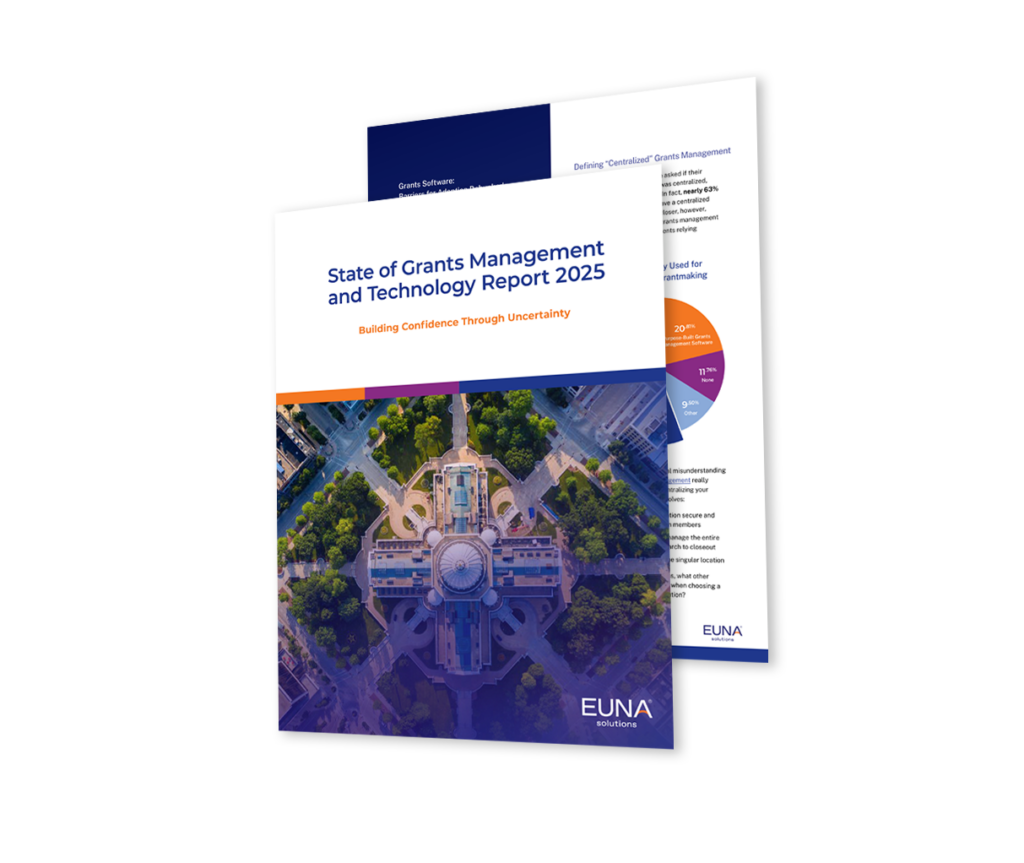Have you been charged with the daunting task of managing workforce costs with a budget that has little to no wiggle room? What about dealing with unexpected staff turnover and adhering to compliance regulations, all while trying to meet community needs?
Fortunately, you’ve come to the right place. To better manage workforce challenges, agencies should consider connecting staffing decisions with financial realities and tangible long-term goals. One successful, strategic approach many agencies are taking to accomplish this initiative is implementing position control.
In this blog, we’ll take a deep dive into the significant workforce challenges that public sector organizations face, and how adopting position control can help overcome these hurdles to optimize workforce management.
Workforce and Budgeting Challenges
Between tight budgets and increasing demands, public sector agencies are grappling with workforce challenges that can hinder operational processes, critical services, and organizational growth. Here are three major challenges that affect an agency’s workforce management and budget.
Unforeseen Circumstances
High turnover, hiring freezes, and surprise vacancies make it hard to anticipate workforce costs. This unpredictability can lead to staffing shortages or surpluses, both of which have a serious impact on services and budgets.
Inefficient Workforce Planning
Public sector organizations can often struggle to match staffing levels with their budgets, leading to overstaffing that strains finances or understaffing that hurts service quality. On top of that, juggling workforce data across multiple systems creates a lack of transparency and makes it harder to stay compliant with public sector regulations.
Reactive Scenario Planning
Scenario planning is another huge challenge faced by public sector organizations.
Organizations need to model different workforce scenarios—like managing budget cuts, meeting changing community needs, or planning for growth. Without the right financial management and analysis software to see how staffing changes affect the budget in real time, planning becomes reactive instead of proactive, making it difficult to adapt to change.
However, agencies don’t have to let these challenges stagger their operational and organizational success. In fact, each of these pain points can be alleviated with one solution: position control.
What is Position Control?
Position control is a workforce management strategy that focuses on positions, not people. Instead of tracking employees, organizations manage positions as standalone roles with their own budgets, responsibilities, and place in the organization. This approach keeps workforce planning in sync with financial goals.
The Government Finance Officers Association (GFOA) notes that position control is key to aligning staffing levels with approved budgets. It tracks job titles, salaries, and other details to ensure they stay within budget limits, preventing unauthorized growth in personnel costs.
By prioritizing long-term staffing needs over short-term turnover, position control helps public sector organizations make smarter decisions. It keeps staffing on budget while meeting operational and community needs.
Conquer Workforce Management Woes with Position Control
Implementing position control enables public sector organizations to shift the focus from short-term issues (like staff turnover) to the long-term needs of each position. This gives agencies a clearer view of their staffing needs, allowing for more informed decision-making.
When done correctly, position control provides several benefits for public sector organizations, such as:
- Greater control over workforce costs
- Increased financial transparency and accountability
- Strategic workforce planning
In our upcoming blog, we’ll explore these benefits further and showcase how purpose-built financial management tools—like Euna Budget Professional—can empower position control processes for public sector agencies like yours.

